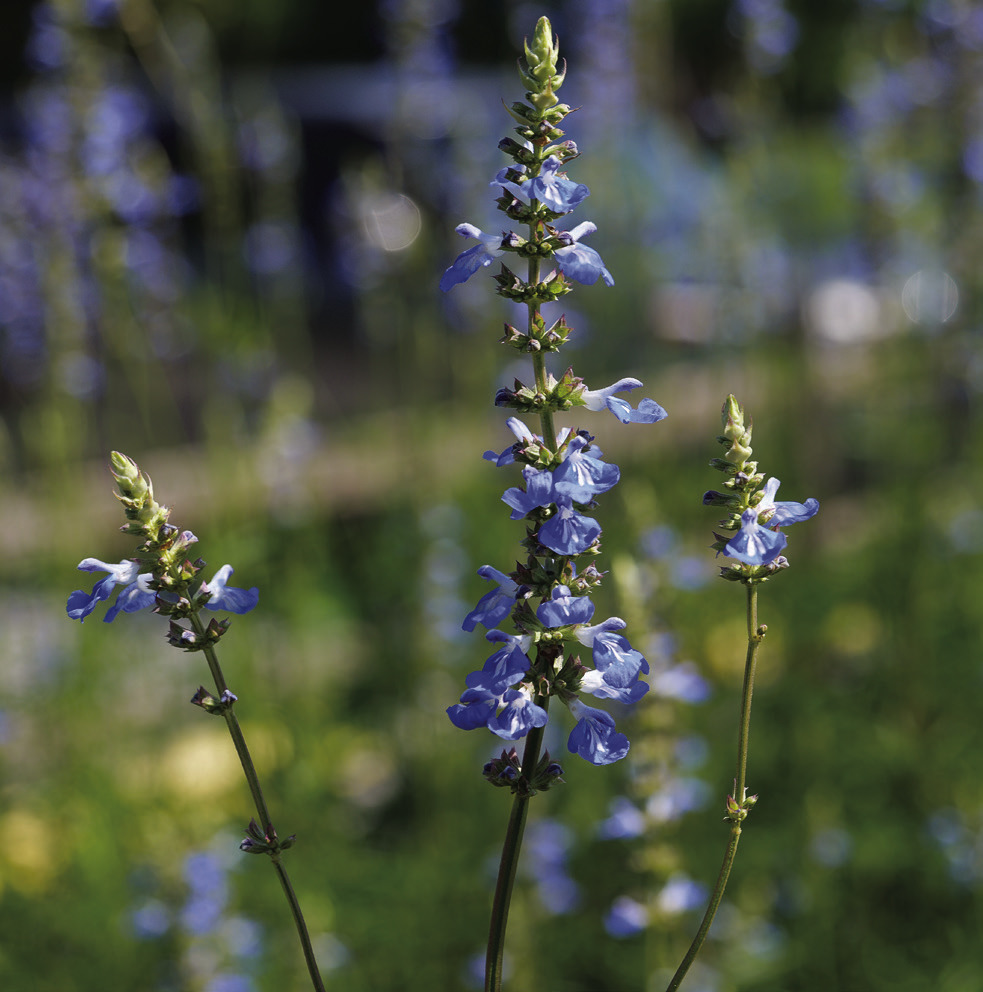Get it growing
If you’ve paid any attention to the news in recent years, you probably know there’s a lot of concern about the decline in pollinator populations. Loss of habitat, overuse of pesticides and other factors have all presented threats to pollinators.
June is National Pollinator Month, and it’s a great time to explore ways we can support pollinators in the garden.
First, let’s define what a pollinator is. Pollinators eat nectar and pollen from flowers. As they search for food, they move pollen between male and female flower parts, allowing plants to produce seeds and fruit. This is why these creatures are so valuable: They pollinate our food sources and help ensure genetic diversity in ecosystems.
Pollinators include bees and butterflies, of course, but also a variety of other insects that we often consider to be less than desirable — including moths, wasps, flies and beetles.
“It’s important to recognize that just because there’s an insect on your plant doesn’t necessarily mean it is a pest or causing damage,” said LSU AgCenter entomologist Aaron Ashbrook. “It’s also important to not apply broad-spectrum insecticides when our pollinators are active.”
If you need help determining whether an insect is a friend or a foe, contact the AgCenter Department of Entomology or your parish AgCenter office.
Another thing you can do to benefit pollinators is plant pollen- and nectar-producing flowers. Try to include plants that bloom at different times of year to ensure a steady supply of food.
“Planting even small pockets of pollinatorfriendly plants is important,” said AgCenter horticulturist Jason Stagg.
Some of Stagg’s favorite pollinator plants are in bloom right now, including: Rudbeckia. The Rudbeckia genus of plants includes species that we commonly know as black-eyed Susans. These perennial flowers offer a splash of cheery yellow to summer landscapes. They attract pollinators and thrive in Louisiana’s hot, humid climate.
Stokes’ aster. Also called stokesia, this is a low, mounding perennial native to the U.S. South. You’ll find it in white, purple, lavender and blue.
Salvia. With tall flowers spikes in a wide range of colors, plants in the Salvia genus are a go-to pollinator plant for many gardeners. Stagg recommends the Salvia guaranitica species for Louisiana, as it tends to perennialize better than others.

Salvias are a great choice for pollinator gardens. (Olivia McClure/LSU AgCenter)
Pollin
Gaura. This 2025 Louisiana Super Plant is a pollinator magnet featuring delicate, nectar- rich flowers on tall stems. Color choices include white and various shades of pink.
Lantana. Another popular choice for attracting pollinators, species and hybrids in the Lantana genus are heat tolerant and reliably bloom all summer. Newer lantanas come in many colors and have a smaller, more mounded shape than older selections.
You also can incorporate plants that cater to moths and butterflies, which begin life as caterpillars. Some species are picky eaters, feeding only on specific host plants. Monarch butterfly caterpillars, for example, exclusively eat milkweed (native species are ideal), which is also where adults lay their eggs.
And, while we usually think of pollinators as insects, remember that hummingbirds play a role in moving pollen around, too. Try adding plants that they like — look for brightly colored, tube-shaped flowers that accommodate their long beaks and tongues. A great option is Vermillionaire cuphea, a newly named Louisiana Super Plant.

